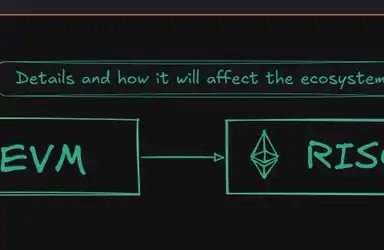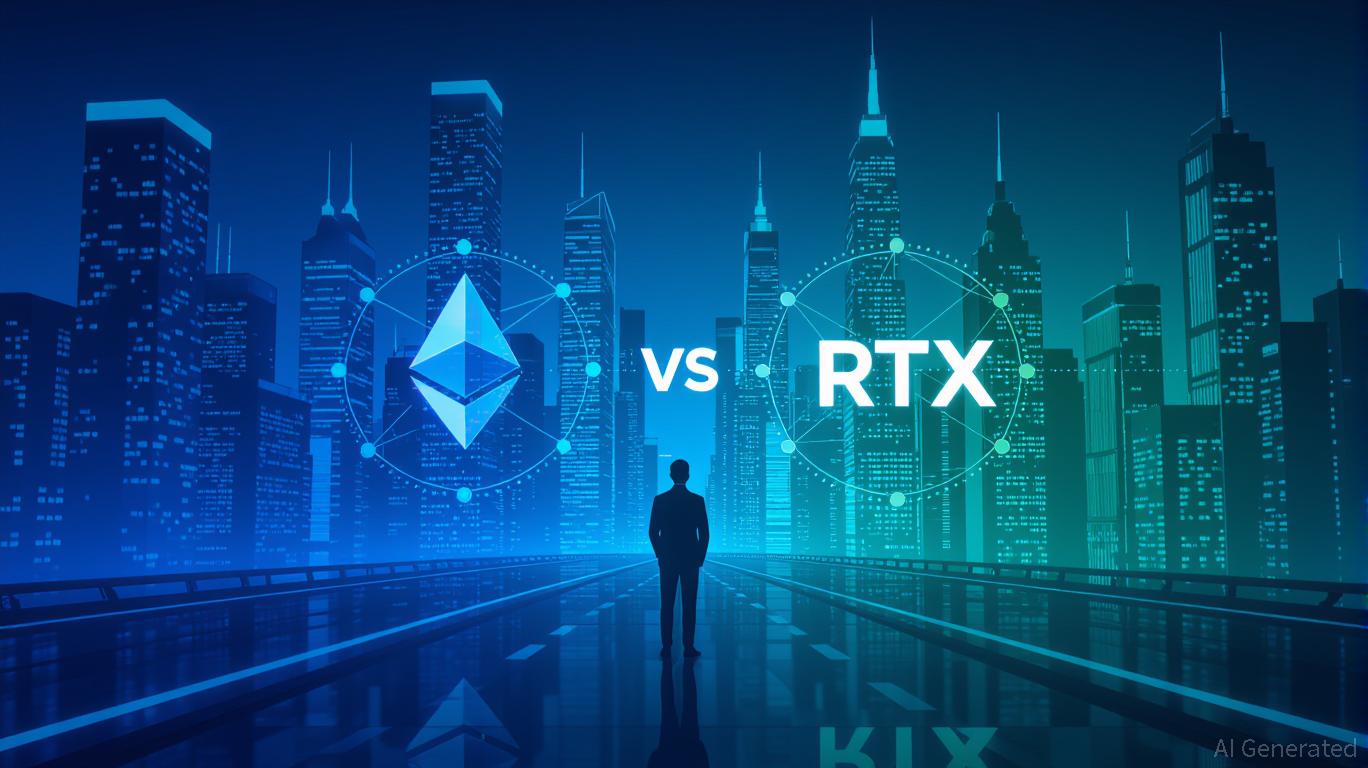The Time Is Now: How Klarna's BNPL Model Monetizes Consumer Time in a Debt-Driven Economy
- Klarna, a leading buy-now-pay-later (BNPL) firm, prepares for a $13–14B U.S. IPO (KLAR), capitalizing on structural economic shifts like falling rates, stagnant wages, and inflation. - The BNPL sector thrives by enabling consumers to stretch budgets without immediate liquidity, with Klarna’s U.S. GMV growing 37% YoY amid a debt-driven economy. - Klarna’s strategic advantages include a 790,000-merchant network, diversified $26B Nelnet/Santander funding, and low credit provisions (0.56% of GMV), outpacing
The global economy is undergoing a quiet but profound transformation. As central banks pivot toward accommodative monetary policies, suppressed wages, and persistent inflation reshape consumer behavior, a new financial innovation has emerged to exploit the tension between time and money: buy-now-pay-later (BNPL) services. Klarna, the Swedish fintech giant preparing for its $13–14 billion U.S. IPO under the ticker KLAR, is at the forefront of this shift. By monetizing the time consumers spend delaying payments, Klarna is not just capitalizing on a trend—it is redefining how households navigate a debt-driven economy.
Structural Shifts: The BNPL Sector's Tailwinds
The BNPL sector thrives on three structural forces: falling interest rates, stagnant wages, and inflationary pressures. These factors create a perfect storm for services like Klarna, which allow consumers to stretch their budgets without the immediate burden of full payments.
- Falling Interest Rates: The Federal Reserve's anticipated rate cuts in 2025 will reduce borrowing costs for both consumers and businesses. For Klarna, this means cheaper capital to fund its $26 billion receivables sold to Nelnet and its $1.4 billion financing from Santander . Lower rates also make interest-free BNPL options more attractive compared to traditional credit cards, which now carry average APRs of 27%.
- Suppressed Wages: Real wage growth in the U.S. has stagnated for years, even as inflation erodes purchasing power. BNPL services act as a buffer, enabling consumers to maintain spending habits without immediate liquidity. Klarna's U.S. gross merchandise volume (GMV) grew 37% year-over-year in Q2 2025, a testament to its appeal in a tight labor market.
- Inflationary Pressures: While inflation has moderated, it remains above pre-pandemic levels. BNPL allows consumers to smooth out expenses over time, effectively monetizing the time between purchase and payment. Klarna's “Pay in 4” model—four interest-free installments over 30 days—turns time into a financial asset for users, even as prices rise.
Klarna's Strategic Position in the BNPL Ecosystem
Klarna's IPO valuation, while a fraction of its 2021 peak, reflects a recalibration to realistic market conditions. At $13–14 billion, the company is valued at roughly 17x its $823 million Q2 2025 revenue, a discount to peers like Affirm (AFRM) and Afterpay (MP). Yet this undervaluation may present an opportunity, given Klarna's unique advantages:
- Scalable Merchant Network: Klarna serves 790,000 merchants, including Walmart Canada and eBay , and has integrated its services into major payment gateways like Stripe and JPMorgan . Its U.S. GMV grew 38% year-over-year, outpacing the sector average.
- Diversified Funding: The company's $26 billion Nelnet agreement and Santander facility provide liquidity to scale operations without relying on volatile equity markets. This contrasts with smaller BNPL firms that face tighter credit constraints.
- Operational Efficiency: Klarna's revenue per employee has tripled to $1 million since 2023, and its credit provisions (0.56% of GMV) are among the lowest in the sector. Even with a $53 million Q2 loss, the company's adjusted operating income of $29 million signals improving margins.
Monetizing Time: The BNPL Business Model
At its core, BNPL monetizes the opportunity cost of time. By allowing consumers to delay payments, Klarna captures value from the time between purchase and repayment. This is particularly potent in a debt-driven economy where households are increasingly reliant on credit.
For example, Klarna's “Fair Financing” product offers fixed-term loans for larger purchases, charging merchants a flat fee plus a percentage of the transaction. While this product contributed to a $53 million Q2 loss due to loan provisions, it also expands Klarna's revenue streams beyond its core BNPL offerings. The company's Klarna Card, now rolling out in the U.S., further monetizes time by offering interest-free spending with no revolving debt—a direct challenge to traditional credit cards.
Risks and Considerations
Investors must weigh Klarna's potential against several risks:
- Regulatory Scrutiny: The BNPL sector faces growing oversight, particularly around consumer protection and credit risk. Klarna's low delinquency rates (0.89% for Pay Later, 2.23% for fixed-term financing) mitigate this risk but do not eliminate it.
- Rate Cut Uncertainty: If the Fed delays rate cuts, Klarna's borrowing costs and consumer demand could be impacted.
- Valuation Volatility: The $13–14 billion IPO range is a 70% discount from 2021 valuations. While this reflects market caution, it also suggests skepticism about long-term growth.
Investment Thesis
Klarna's IPO represents a strategic play for investors seeking exposure to the BNPL sector's structural tailwinds. The company's ability to monetize consumer time—turning delayed payments into a revenue stream—positions it to thrive in a debt-driven economy. With the Fed signaling rate cuts, Klarna's funding costs are likely to decline, improving margins and enabling further expansion.
For risk-tolerant investors, KLAR offers a compelling entry point. The stock's $34–$36 price range implies a 17x revenue multiple, which is conservative given Klarna's merchant network, funding flexibility, and growing U.S. presence. However, investors should monitor macroeconomic signals and regulatory developments, which could sway the stock's trajectory.
In a world where time is the new currency, Klarna is not just a fintech—it is a financial architect of the future.
Disclaimer: The content of this article solely reflects the author's opinion and does not represent the platform in any capacity. This article is not intended to serve as a reference for making investment decisions.
You may also like
Bitcoin's 30% Annual Growth: A Strategic Play for the Next 20 Years

PEPE's Surge vs. LILPEPE's Explosive Potential: Is This the Next Meme-Coin Paradigm Shift?
- PEPE, the OG Pepe the Frog-inspired meme-coin, struggles with declining prices (-0.60% weekly) and waning community engagement despite a $4.73B market cap. - LILPEPE, an Ethereum Layer 2-based project, gains traction with $20M presale, CertiK audit, and infrastructure addressing scalability and governance gaps in meme-coins. - LILPEPE's $32.3M market cap and community-driven roadmap contrast PEPE's speculative nature, signaling a shift toward utility-driven meme-coin innovation. - Analysts suggest projec

Ethereum may undergo the largest upgrade in history: EVM to be phased out, RISC-V to take over
By embracing RISC-V, Ethereum can address its scalability bottleneck and position itself as the foundational trust layer for the next generation of the Internet.

Ethereum's 2025 Price Outlook and the Rise of Disruptive Altcoins: A Strategic Investment Dilemma
- Ethereum's 2025 price outlook shows 35.4% growth potential driven by institutional adoption and deflationary mechanisms. - RTX targets cross-border remittances with a 0.1% fee model, projecting 150x returns via real-world utility and deflationary tokenomics. - Investors face a strategic dilemma between Ethereum's stability and RTX's high-risk, high-reward disruption in the evolving crypto landscape.
